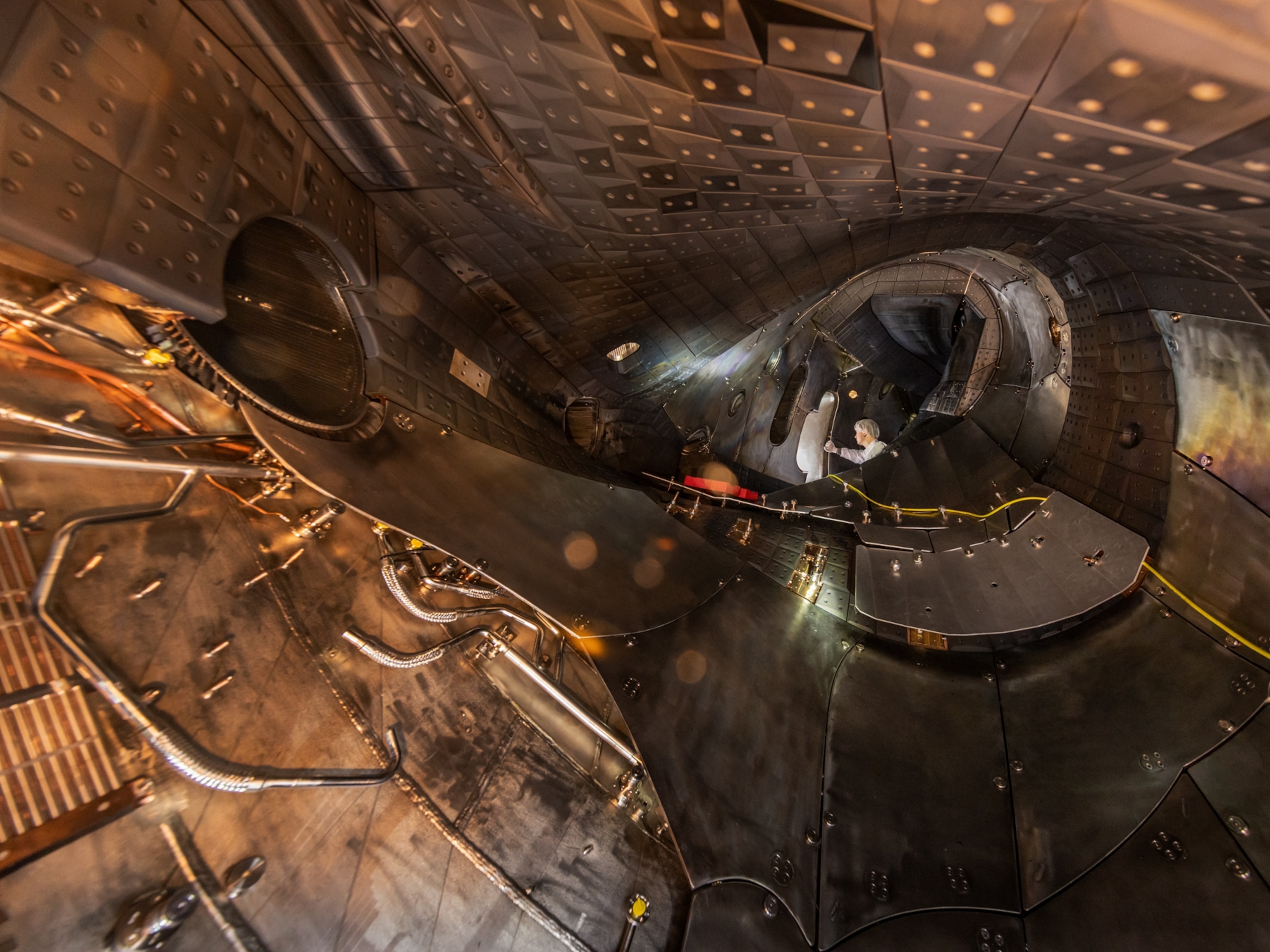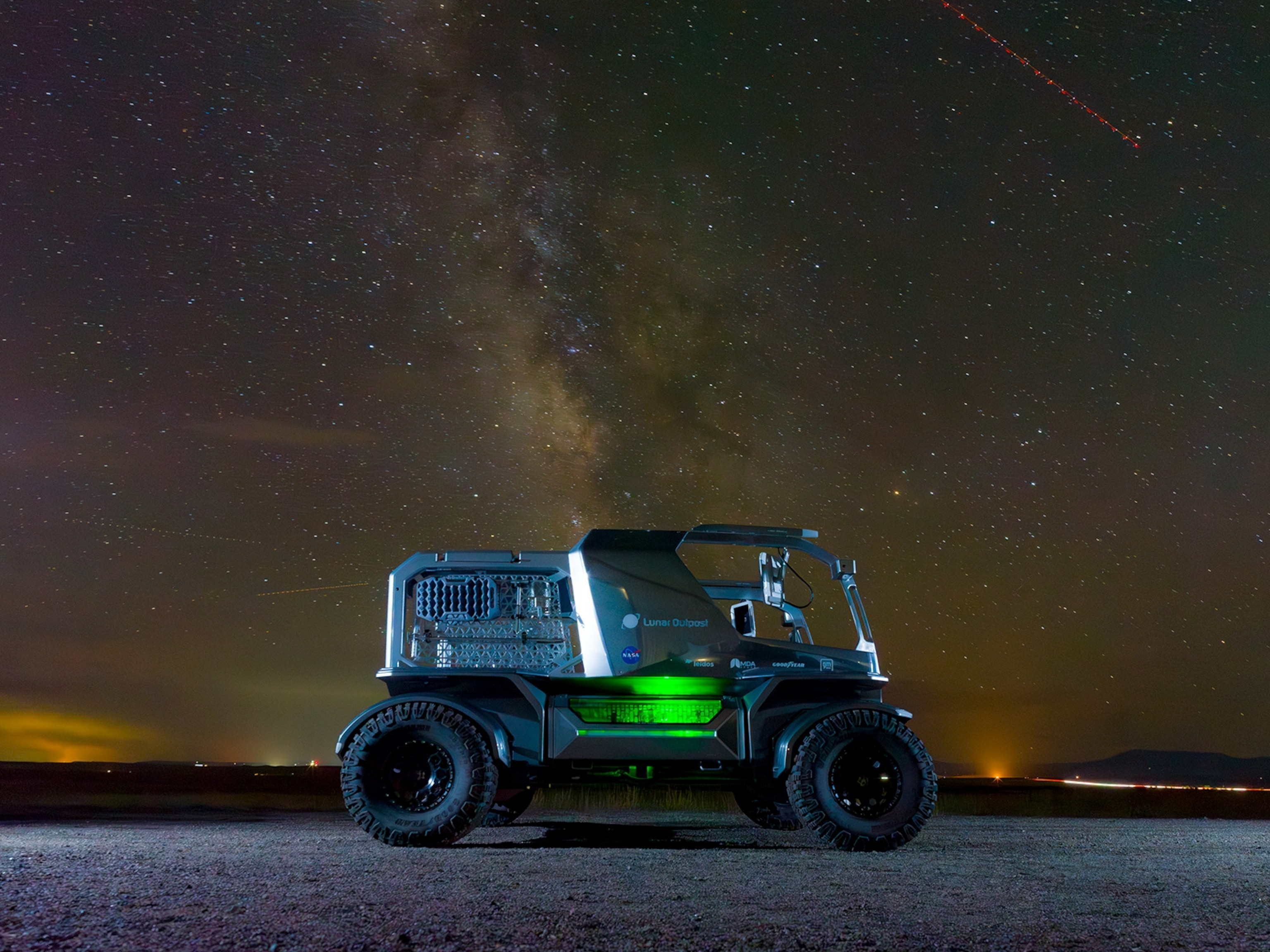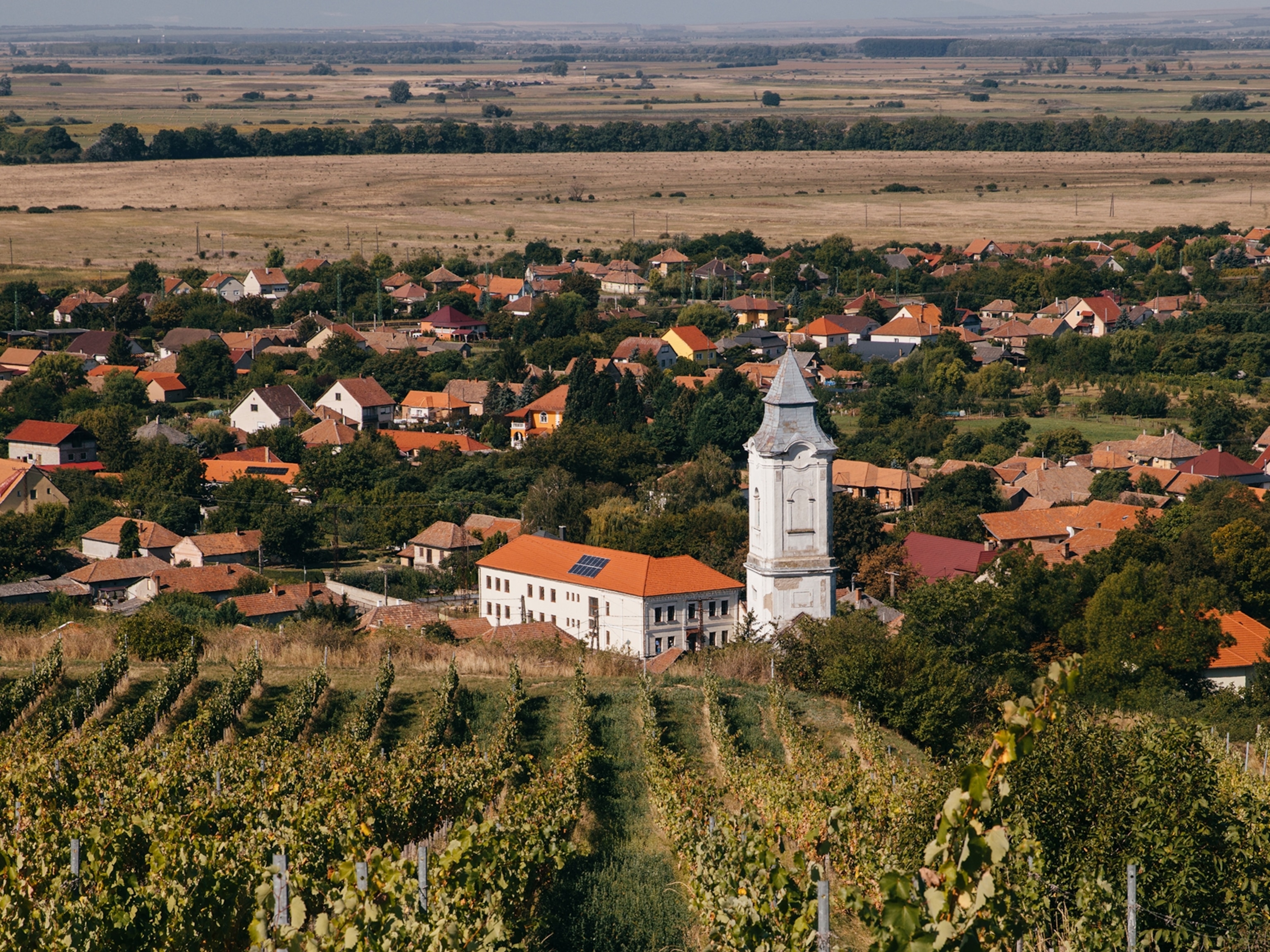These Charming Windmills Are Nearly 300-Years-Old—and Functional
Kinderdijk is a testament to the perseverance of the Dutch people, who have held nature at bay for nearly a millennium.
In the Netherlands’ South Holland province, a network of meticulously preserved 18th-century windmills stand guard over the pastoral plains of Kinderdijk.
The 19 windmills that make up the site, amid a network of waterways and reservoirs, are a testament to the perseverance of the Dutch people, who have held nature at bay for nearly a millennium. Using a complex system of hydraulic works, they drained the land, allowing the development of agriculture and human settlements in areas that would have otherwise been inundated. Kinderdijk is a prime example of the engineering feat that began in the Middle Ages and has continued to the present day, earning it UNESCO World Heritage status in 1997.
Like much of the country, Kinderdijk lies below sea level. One thousand years ago, the area was a peat bog, visited by hunters and fishermen only in the summer when the water subsided. Early settlers built dykes to keep the water out so they could farm the fertile land. Over the years—and particularly after the 13th century when formal organizations tasked with maintaining the land were formed—the water management system became increasingly sophisticated. A network of windmills was built to supply the power needed to pump water from the polders (the low tracts of land protected by dykes) and drain it to the river nearby. Later, steam-powered and then diesel-powered pumping stations supplemented the windmills.
Despite advances in technology, the 18th-century windmills at Kinderdijk have been maintained in working order to serve as a backup system in case more modern equipment fails. And indeed, they have been called back into service in the modern era. During the German occupation of Netherlands in World War II, the German troops claimed all diesel reserves for the war effort, requiring the Dutch to fall back on windmill technology for drainage once again.
Today, visitors to Kinderdijk can explore the system of dykes, pumping stations, reservoirs and the windmills that have kept the water at bay for centuries. They can even step inside one of the old mills and learn how it works from a real miller. The site can be toured on foot, by bicycle, via boat, and on horse-drawn trams.
Abby Sewell is a freelance journalist based in Beirut covering politics, travel, and culture. Follow her on Twitter at @sewella.
- National Geographic Expeditions





